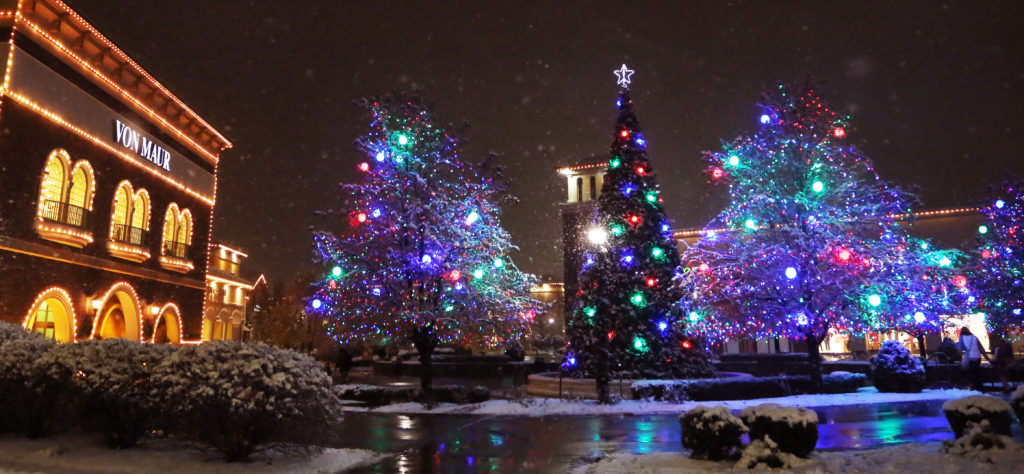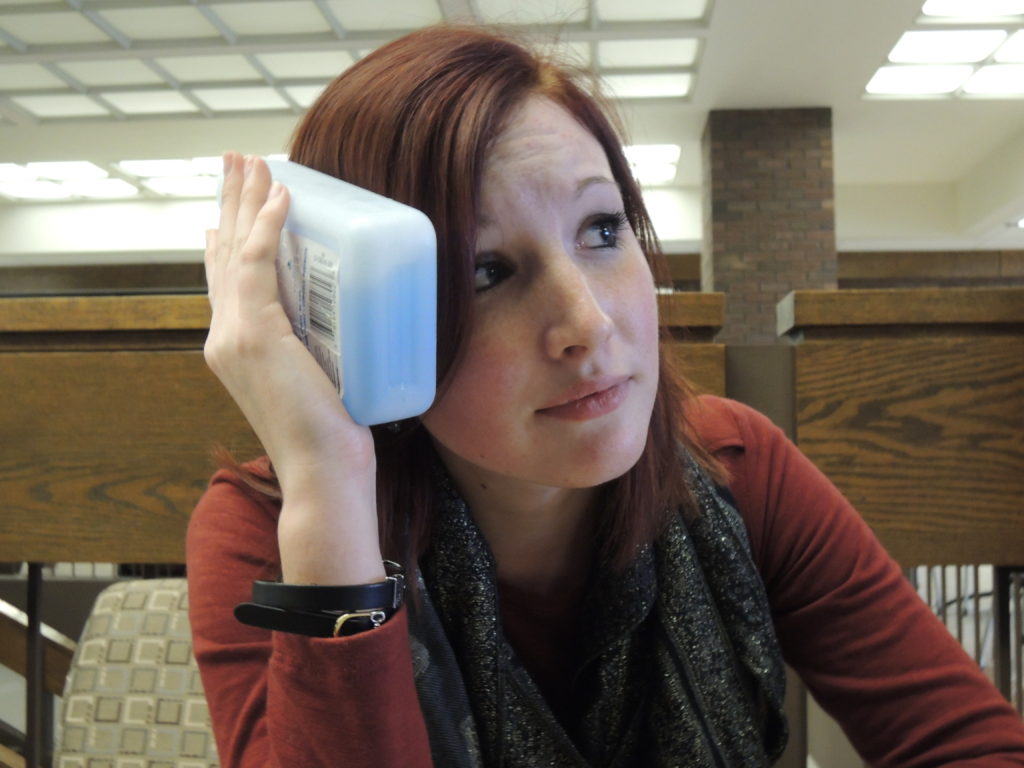Written by: Kashay Bowens, Jeran Lantz-Robbins, Charlotte Stefanski, Emily Yager
The College of Arts and Sciences working group recently submitted a proposal in regards to the college’s general education requirement, which included an interdisciplinary education course, something most of the group thought would be a positive experience for students, said Jeff Malanson.
Malanson, the chair of the committee, said the working group spent two semesters on forming the proposal, but one idea they kept coming back to was an interdisciplinary course.
Janet Badia, the director of women’s studies and a member of the working group, said, “In its ideal form it would entail three professors teaching the class together. It would be team teaching importantly in the sense of all three professors being present in the class for all sixteen weeks.”
An example she gave included a class covering the human body. She said each professor would give a perspective from the humanities side, the social sciences side, and the science side.
According to Malanson, the course would be problem based class taken during a student’s freshman year. The course would teach students how experts from each discipline would approach the same topic.
“Instead of an intro to science, it’s a specific issue that they might be passionate about,” Malanson said. “It gives them this opportunity to engage in a more meaningful learning experience from day one that might help them feel more engaged with the university.”
Malanson said the course could also be used as a recruitment tool for the university.
“I’m not saying we’d be the first to ever do it, but it’s not a common thing, and especially not for students who are coming to a regional campus that has far fewer resources than IU or Purdue,” Malanson said.
The group is made up of 16 members, each being from a different department within the College of Arts and Sciences. It was formed in the fall of 2013 when IPFW implemented a new general education program.
“When our general education system changed, it created certain issues in the curriculum that the faculty felt needed addressed,” Nancy Virtue, a French professor and member of the working group, said. “The working group was charged with exploring how we might address certain weaknesses in the current requirements.”
According to Malanson, four of the group members voted against the proposal in its entirety, not just the interdisciplinary course. Those who did not agree with the interdisciplinary course were concerned about the logistics of maintaining the course.
“It probably would be very difficult for smaller departments to lend faculty to teach that course, so it would not have the full flavor of all the College of Arts and Sciences disciplines,” Timothy Grove, an associate professor of physics at the university, said. “I would argue that it’s not really a matter of teaching methods. It’s more a matter of give a dose of this, give a dose of that. It’s more of say filling out a shopping cart list than anything I would consider a teaching method.”
“The next thing up in this process is figuring out how we can actually do this responsibly. We don’t want to adopt a set of requirements that we can’t actually give our students in a meaningful way,” Malanson said.
According to Virtue, the proposal currently sits with the College of Arts and Sciences executive committee, who are currently determining the next steps in how to move forward with the proposal.



